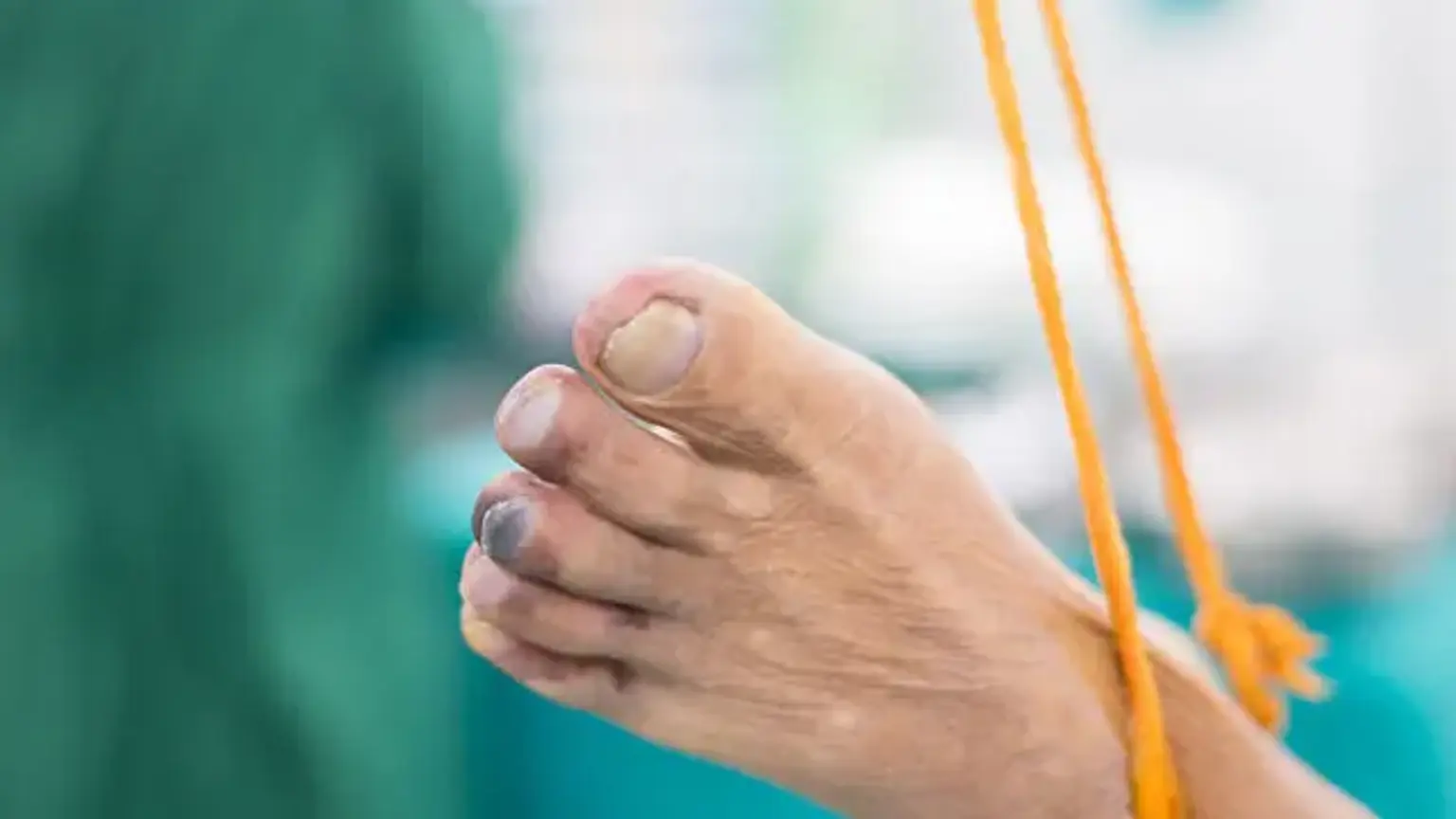Critical limb ischemia (CLI)
Overview
Some individuals with peripheral artery disease may develop critical limb ischemia, a condition with a significant morbidity and fatality rate. To avoid amputation and decrease death, early diagnosis, adequate medical management, and revascularization are recommended.
For these patients, a multidisciplinary strategy involving endovascular interventionists, vascular surgeons, podiatrists, infectious disease specialists, and wound care specialists is ideal.
